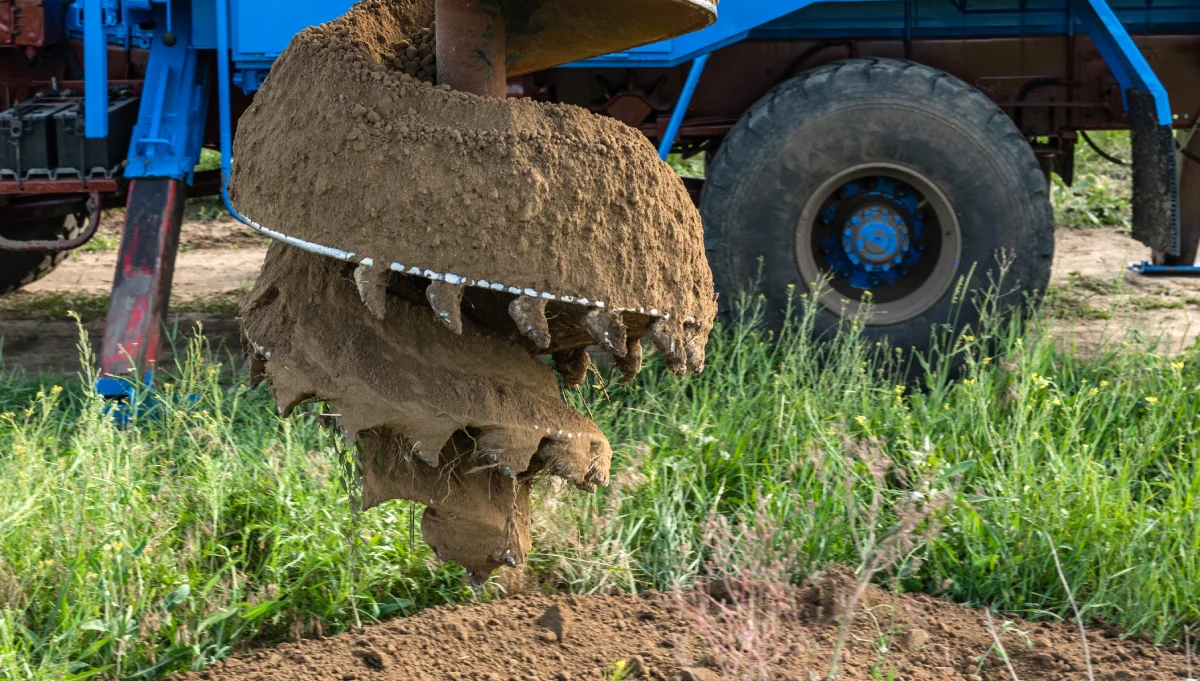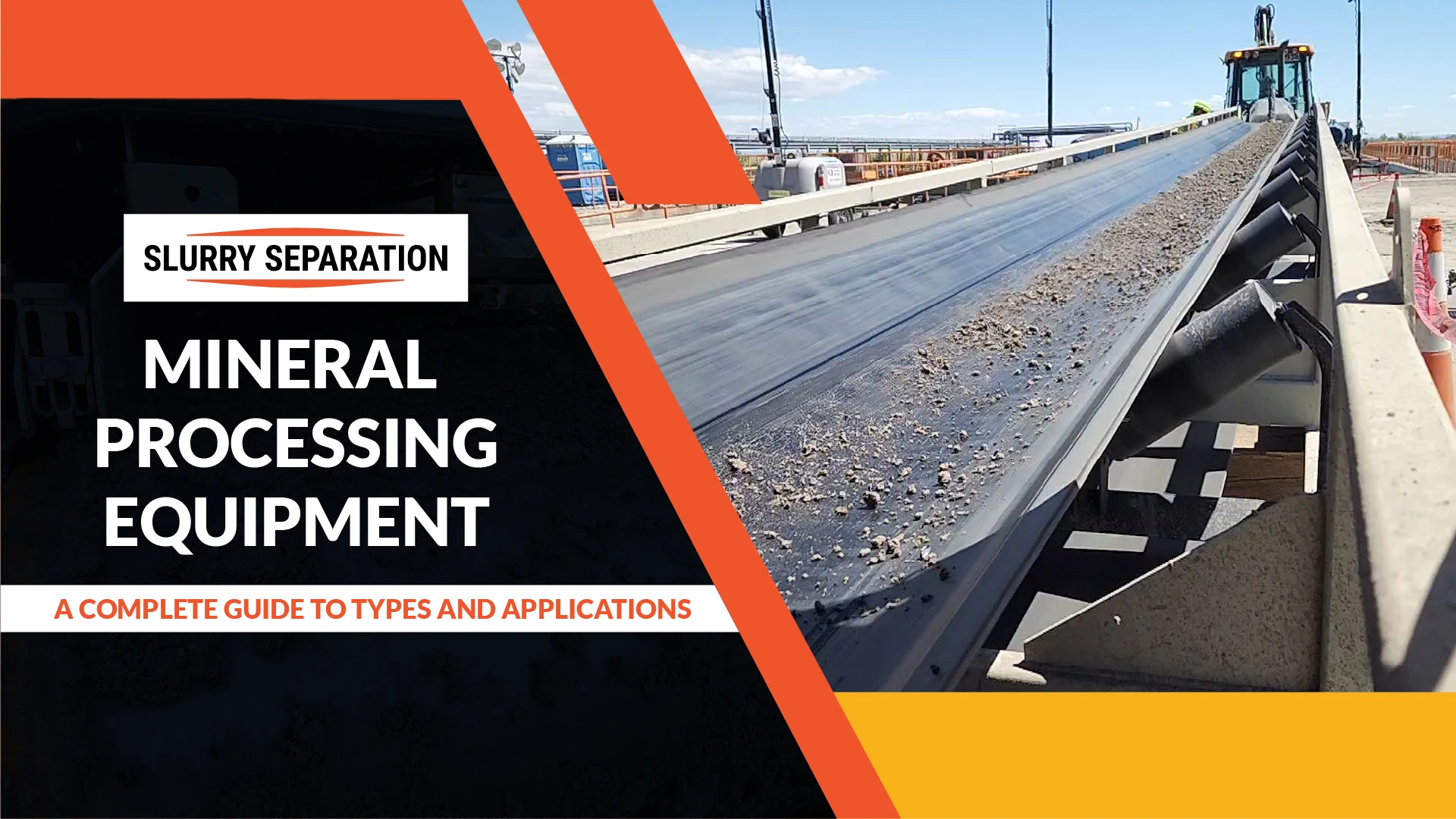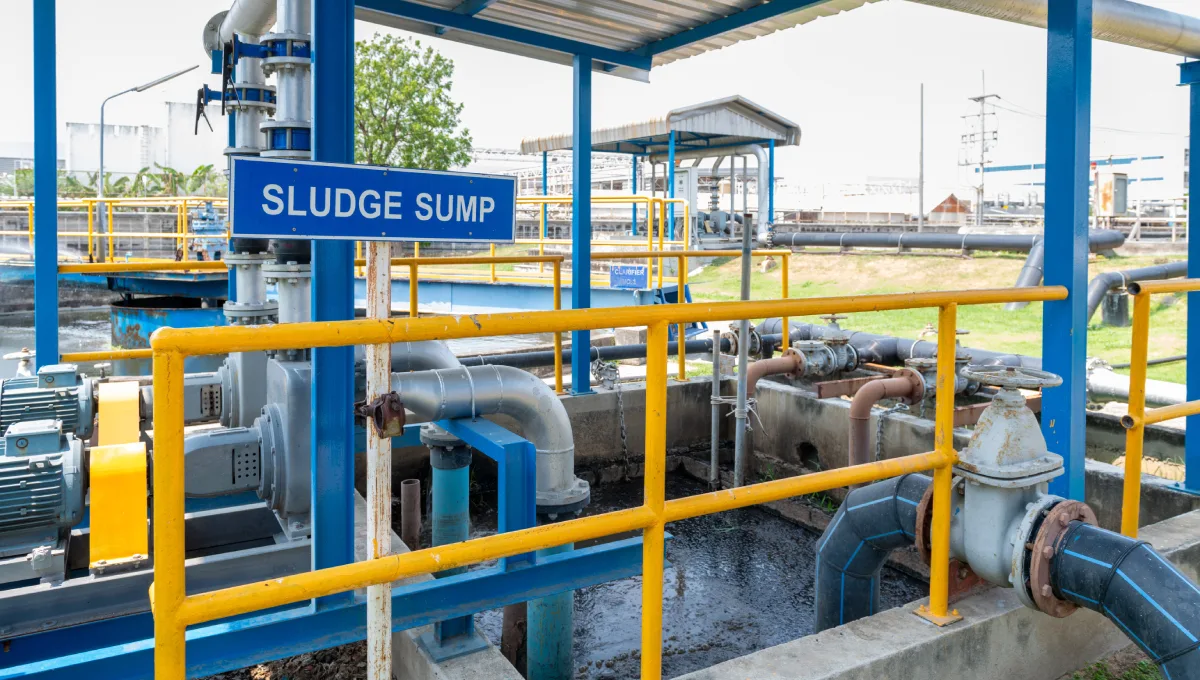In solids control systems, choosing between a slurry separator with a top box loader and one with a weir feeder depends on factors such as drilling or dredging conditions, fluid properties, and operational requirements. Both configurations efficiently separate solids from fluids but employ different mechanisms for fluid distribution and conveyance. In this article we discuss the key differences between slurry separators (shale shakers) equipped with top box loaders and weir feeders, highlighting their respective advantages and applications.
Slurry Separators with Top Box Loader:
-
Mechanism:
A slurry separator with a top box loader utilizes a top-mounted feed box or hopper to introduce slurry onto the shaker deck. The fluid flows into the top box, where it is evenly distributed across the width of the shaker deck before cascading down through the screen panels. This configuration ensures uniform fluid distribution over the entire screen surface, facilitating effective solids separation and conveyance.
-
Advantages:
– Even Fluid Distribution: The top box loader ensures uniform distribution of slurry across the shaker deck, minimizing channeling and ensuring optimal solids removal efficiency.
– Reduced Splashing: The enclosed top box helps contain fluid splashing and spillage, reducing mess and improving workplace safety.
– Flexibility: Top box loaders are compatible with various types of drilling fluids and slurry and can accommodate changes in flow rates and fluid properties.
Slurry Separator with Weir Feeder:
-
Mechanism:
A shale shaker with a weir feeder features a weir plate or dam at the inlet end of the shaker deck. Drilling fluid flows over the weir and onto the shaker deck, where it is distributed across the screen panels by the adjustable height of the weir. The weir feeder mechanism controls the fluid level on the shaker deck, ensuring consistent fluid coverage and solids conveyance.
-
Advantages:
– Adjustable Fluid Level: The height of the weir feeder can be adjusted to control the fluid level on the shaker deck, allowing operators to manually optimize solids conveyance and screen performance.
– Simplified Design: Weir feeders have a simple and robust design, requiring minimal maintenance and offering reliable performance in a wide range of drilling conditions.
– Cost-Effectiveness: Weir feeders are frequently more cost-effective than top box loaders, making them a preferred choice for budget-conscious drilling operations.
Comparing Top Box vs. Weir Feeders
- Fluid Distribution:
– Top box loaders provide uniform fluid distribution across the entire width of the shaker deck, ensuring consistent solids removal efficiency.
– Weir feeders control the fluid level on the shaker deck, allowing operators to adjust the coverage and distribution of fluid as needed.
- Splashing and Spillage:
– Top box loaders help contain fluid splashing and spillage, reducing mess and improving workplace safety.
– Weir feeders may result in more fluid splashing and spillage, particularly at higher flow rates or when handling viscous fluids.
- Flexibility and Cost:
– Top box loaders offer flexibility in fluid distribution and are suitable for a wide range of drilling applications but may have higher initial costs.
– Weir feeders are cost-effective and have a simple design but may offer less flexibility in fluid control and distribution.\
In conclusion, slurry separators equipped with top box loaders and weir feeders offer distinct mechanisms for fluid distribution and solids conveyance in dredging or drilling operations. While top box loaders provide uniform fluid distribution and reduced splashing, weir feeders offer adjustable fluid levels and cost-effective performance. The choice between these configurations depends on factors such as dredging conditions, operational requirements, and budget considerations, with both options offering reliable solids control solutions for the industries that use them.




